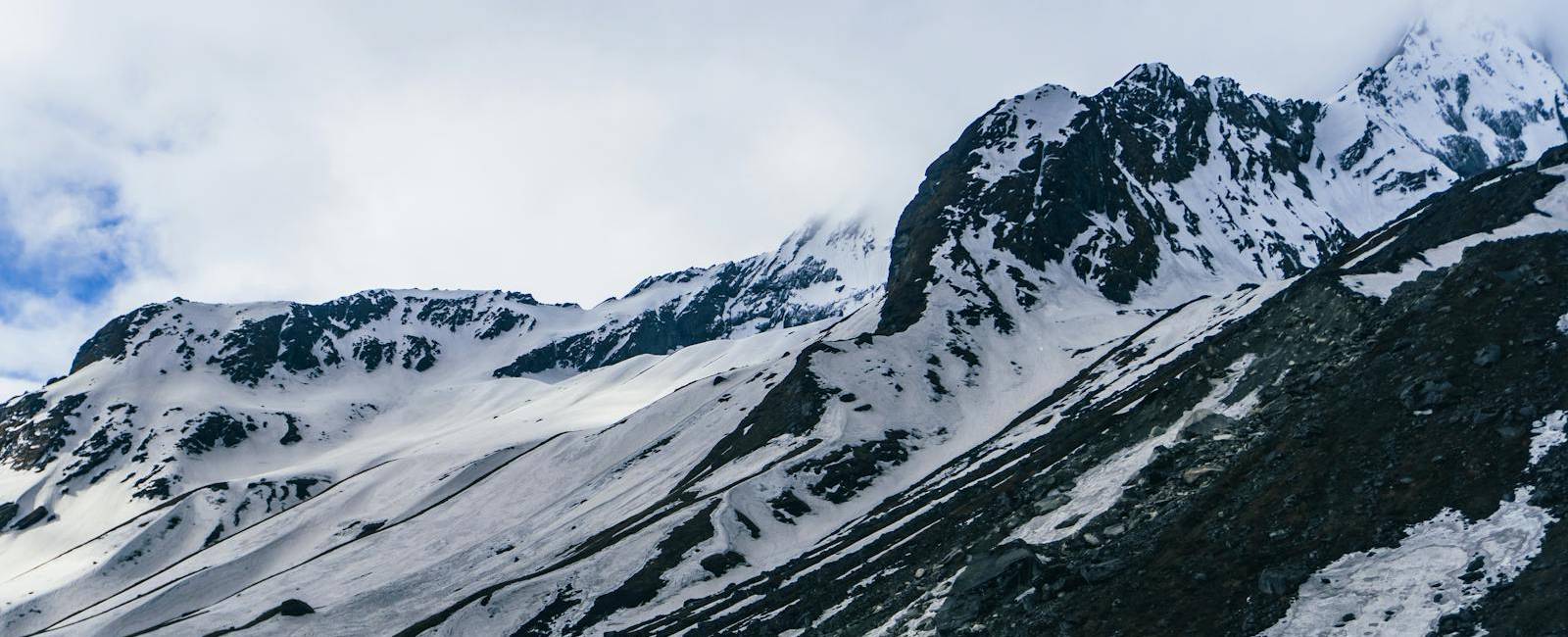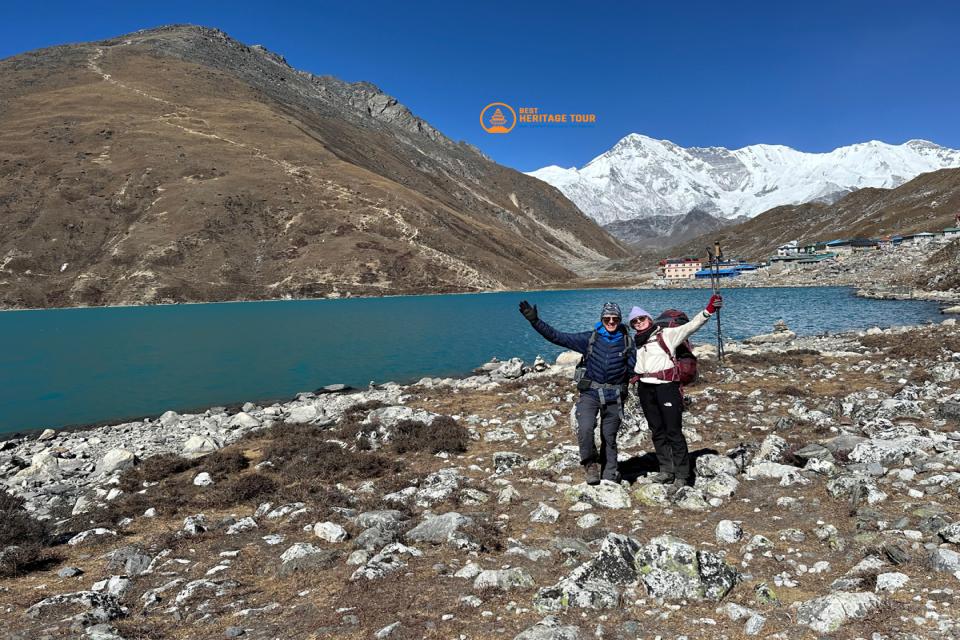The Everest Base Camp trek via Gokyo Lake is widely regarded as one of the most breathtaking and rewarding trekking experiences in Nepal. It beautifully combines the exhilarating challenge of reaching the world’s highest mountain base camp with the tranquil charm of pristine turquoise alpine lakes nestled amidst towering Himalayan peaks. This route offers trekkers a unique blend of adventure, natural beauty, cultural richness, and solitude away from the busier traditional trails.
However, planning your trek at the right time of year is crucial. The Himalayan weather is highly variable, and the conditions you encounter can greatly impact your safety, comfort, and overall enjoyment. Understanding the seasonal climate, trail conditions, and other factors will help you make the most of this unforgettable journey.
This guide breaks down the key seasons, what you can expect from each, and expert tips to help you choose the best time to explore this Himalayan paradise with confidence and ease.
Overview of Climate in the Everest Region near Gokyo Lake
Gokyo Lake lies at an elevation of about 4,790 meters (15,715 feet) in the Solukhumbu district, within the Sagarmatha National Park. This high-altitude environment experiences distinct seasons:
-
Temperature Range: From below freezing in winter to mild 10-15°C (50-59°F) during warmer months
-
Precipitation: Monsoon rains between June and August, dry seasons in spring and autumn
-
Weather Variability: Sudden temperature shifts and occasional snow even in shoulder seasons
Understanding these patterns will help you pick the best trekking window.
Seasonal Overview of the Everest Region near Gokyo Lake
Before diving into the specifics, here’s a brief summary of the four main trekking seasons in the Everest region, each offering distinct experiences:
-
Spring (March to May): Known for its warming weather, blooming rhododendrons, and generally stable conditions, spring is favored by many trekkers for its balance of pleasant temperatures and spectacular natural beauty.
-
Summer/Monsoon (June to August): Characterized by heavy rainfall and lush greenery, the monsoon season brings challenges like slippery trails and limited mountain visibility but offers a quieter trekking experience.
-
Autumn (September to November): The peak trekking season with crisp, clear skies, dry trails, and outstanding panoramic views. This period attracts the largest number of trekkers.
-
Winter (December to February): A cold, snowy season offering solitude and stunning snow-covered landscapes but demanding careful preparation and experience due to harsh weather and limited facilities.
Spring (March to May) - The Most Popular Season
Spring marks the end of the harsh winter months and the beginning of a more hospitable trekking period.
Weather and Temperature
-
Temperatures rise after winter, ranging from about 5°C (41°F) to 15°C (59°F) during the day
-
Nights remain cold but bearable
-
Stable weather with less rain and snow
Nature and Scenery
-
Rhododendrons bloom, adding vibrant reds and pinks to the landscape
-
Snow begins melting, making trails safer and more accessible
Visibility and Trekking Conditions
-
Clear skies offer stunning views of Everest, Cho Oyu, Makalu, and other peaks
-
Trails dry up quickly, reducing the risk of slipping
Crowd and Experience
-
Spring sees a moderate to high number of trekkers but remains less crowded than autumn
-
Ideal for both first-time and experienced trekkers
Autumn (September to November) - Peak Trekking Season
Autumn follows the monsoon, bringing fresh, clean air and perfect trekking conditions.
Weather and Temperature
-
Crisp, cool days ranging from 8°C (46°F) to 18°C (64°F)
-
Nights can be chilly, especially at high altitudes
-
Minimal rainfall, stable weather
Scenery and Visibility
-
Post-monsoon freshness results in crystal-clear skies and unparalleled mountain vistas
-
Golden-brown hues emerge as vegetation changes with the season
Crowd and Trekking Conditions
-
Highest number of trekkers on the trails; expect busier teahouses
-
Dry, firm trails ideal for hiking
Special Notes
-
Excellent for photography and cultural experiences
-
Early bookings recommended due to popularity
Winter (December to February) - For the Adventurous Few
Winter brings stark beauty and solitude, but also serious challenges.
Weather and Temperature
-
Very cold temperatures, often dropping below -10°C (14°F) at night
-
Daytime highs rarely exceed 5°C (41°F)
-
Frequent snowfall and icy trails
Trekking Conditions
-
Trails can be difficult and potentially hazardous due to snow and ice
-
Many teahouses close for the season, limiting accommodation options
Advantages
-
Fewer trekkers, offering solitude and pristine snow-covered landscapes
-
Clear skies can provide spectacular views on good days
Who Should Trek in Winter?
-
Experienced trekkers with proper gear and high-altitude experience
-
Those seeking quiet and solitude away from crowds
Monsoon (June to August) - The Least Favored Season
Monsoon season is marked by heavy rainfall and challenging trekking conditions.
Weather and Rainfall
-
Heavy and frequent rains, particularly in June and July
-
Trails become muddy and slippery, increasing risks of landslides
Visibility and Scenery
-
Mountain views often obscured by clouds and fog
-
Vegetation is lush and green but trekking conditions tough
Challenges
-
Swollen rivers and slippery paths can delay progress
-
Some teahouses close, reducing services
Who Might Consider Monsoon Trekking?
-
Trekkers who prioritize solitude and lush scenery and are prepared for wet conditions
Additional Tips for Planning Your Trek
-
Acclimatize Properly: Allow rest days to avoid altitude sickness regardless of season.
-
Book in Advance: Spring and autumn are peak seasons - permits and teahouses fill quickly.
-
Pack Season-Appropriate Gear: Waterproof gear for monsoon, warm layers for winter, breathable clothing for spring/autumn.
-
Stay Flexible: Weather in the Himalayas can be unpredictable; plan buffer days.
Conclusion
The best time to trek Everest Base Camp via Gokyo Lake is during the spring (March to May) and autumn (September to November) seasons, when weather is stable, trails are accessible, and mountain views are spectacular. Winter offers a peaceful but challenging alternative for experienced adventurers, while the monsoon season is best avoided unless you’re well-prepared for wet and slippery conditions.
Ready to embark on your perfect Everest adventure? Contact Best Heritage Tour for expert guidance on the Everest Base Camp trek via Gokyo Lake.
Visit: www.bestheritagetour.com
Email: info@bestheritagetour.com / bestheritagetour@gmail.com
Phone/Whatsapp: +977-9851149197
Office: Thamel Marg, Kathmandu, Nepal
Author: Best Heritage Tour
Date: 1st August, 2025


